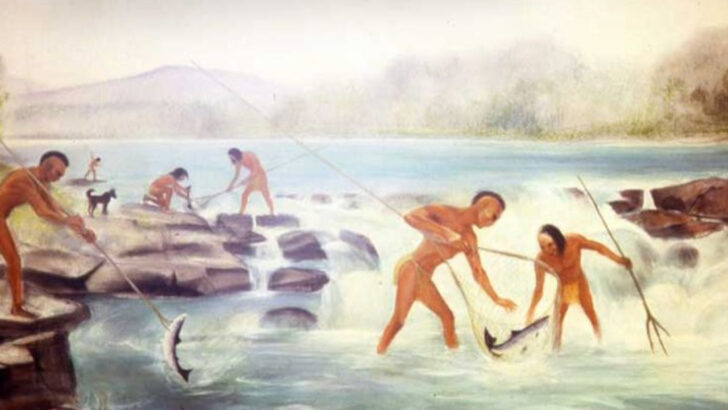Nature was their pharmacy, toolkit, and teacher—long before labs and textbooks caught up.
While modern science pats itself on the back for “new” discoveries, many Native American tribes were already miles ahead, crafting remedies, tools, and survival hacks straight from the wild.
They didn’t just use wildlife—they understood it on a level that still stuns researchers today.
Porcupine quills as surgical tools? Beaver glands in medicine? Animal behavior used for weather forecasting?
These aren’t myths or folklore—they’re real, practical applications built on deep observation and ancestral knowledge.
Now, science is finally catching up.
And what we’re learning proves one thing: the wisdom of the past isn’t outdated.
It was just waiting to be heard.
Beaver as Eco-Engineers
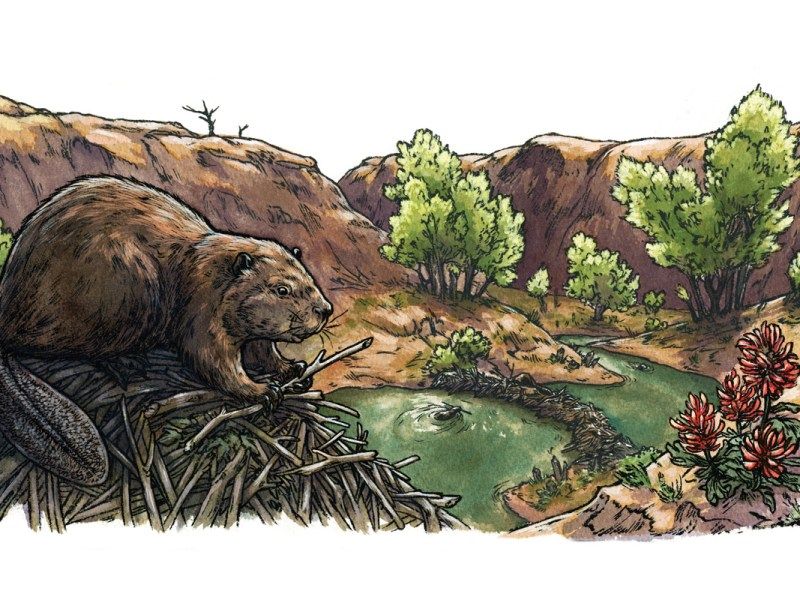
Beavers were regarded by tribes as master engineers, shaping landscapes with their dam-building skills. Their constructions create wetlands that support diverse ecosystems. Once nearly extinct due to overtrapping, beavers are now recognized for their environmental benefits. These industrious creatures were seen as vital ecosystem architects.
Modern science confirms their pivotal role in water management and biodiversity support. By slowing water flow and creating ponds, they prevent soil erosion and improve water quality. Such understanding aligns with indigenous knowledge, emphasizing beavers’ environmental significance.
Bison: Sustenance and Shelter
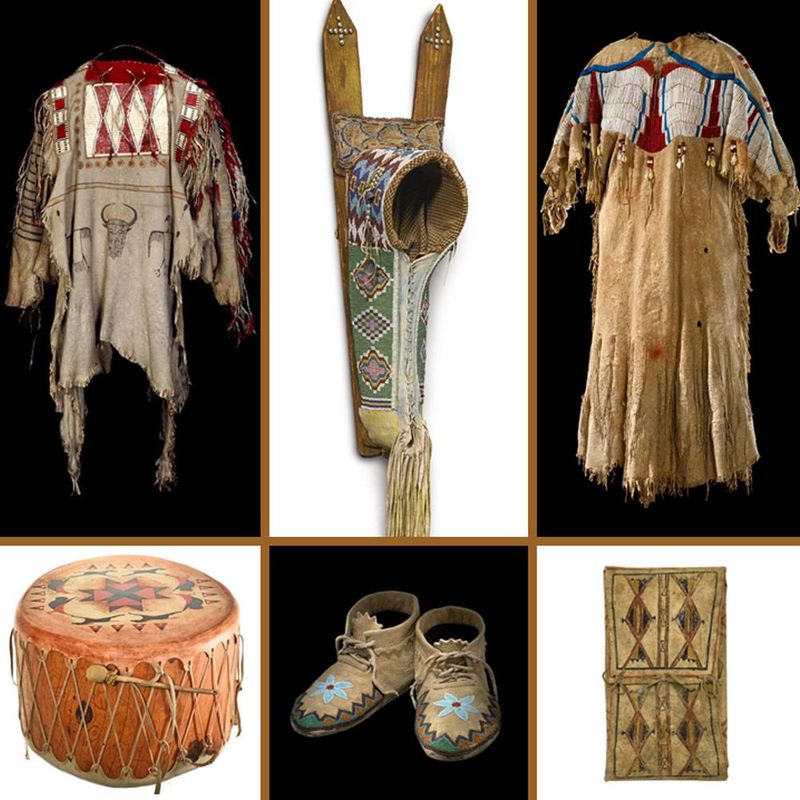
The bison was more than just a source of food; it provided clothing, tools, and shelter. Tribes utilized every part of the animal, demonstrating a profound respect for the bison’s life. This holistic use ensured nothing was wasted.
Today, bison are seen as keystones in grassland ecology, maintaining plant diversity and soil health. Their grazing patterns promote new growth and their hooves aid in seed dispersion. This aligns with traditional knowledge of their ecological role, reaffirming their importance beyond a mere food source.
Porcupine Quills: Art and Function

Porcupine quills were not only decorative but also functional. Tribes used them to adorn clothing, baskets, and tools, showcasing both beauty and utility. The quills were softened and dyed, allowing artists to create intricate designs.
Modern interest in sustainable materials has brought attention to such practices. Quills, unlike synthetic materials, are biodegradable and renewable. This emphasizes the foresight of indigenous artisans who valued environmental harmony. The art of quillwork is seeing a resurgence, celebrating its cultural and ecological significance.
Eagle Feathers: Sacred Symbols
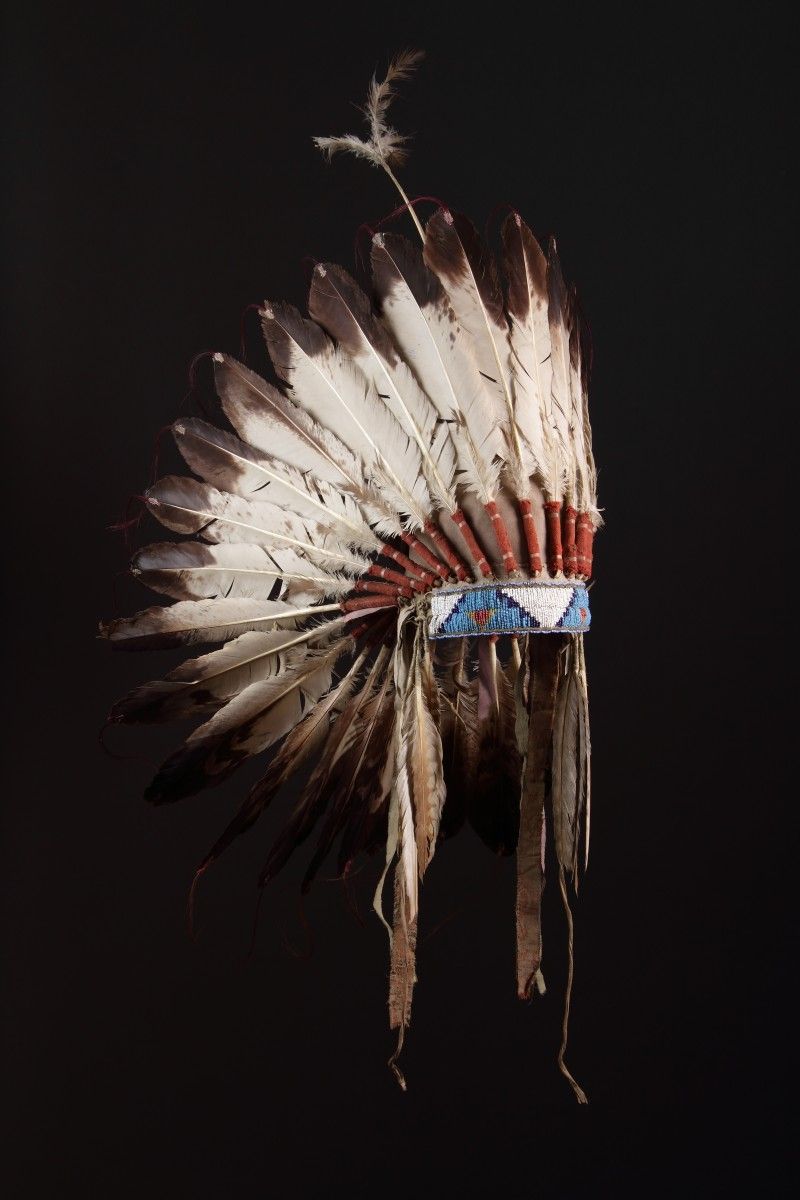
Eagle feathers hold profound spiritual significance in Native American cultures, symbolizing strength, courage, and freedom. They are used in ceremonies and regalia, representing a connection to the divine. Obtaining such feathers is a sacred act.
Today, biologists study eagles to understand ecosystem health, as their presence indicates a balanced environment. This scientific perspective echoes indigenous beliefs in the eagle’s spiritual and ecological importance. Laws protect eagle feathers, acknowledging their cultural and environmental value, respecting both nature and tradition.
Salmon: Life-giving Cycles

Salmon were central to the diet and culture of many tribes, symbolizing life and renewal. Fishing practices were carefully managed to ensure salmon populations thrived, reflecting deep ecological understanding.
Science now recognizes salmon as crucial to nutrient cycles, supporting forest and aquatic ecosystems. As they die post-spawning, they provide vital nutrients to surrounding flora. This mirrors traditional knowledge of their life-giving impact. Efforts to restore salmon habitats honor these ancient practices, blending technology with traditional wisdom.
Wolves: Ecosystem Balancers
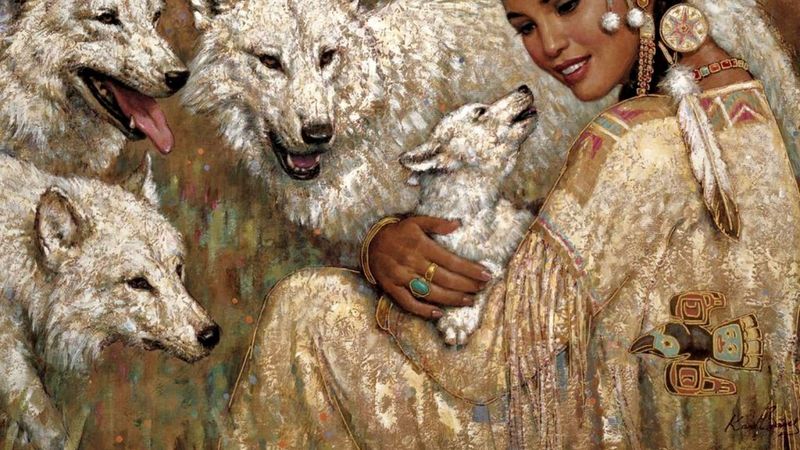
Wolves were seen as sacred and integral to maintaining natural balance. Tribes understood their role in controlling prey populations, which in turn affects vegetation and other wildlife.
Reintroduction projects in areas like Yellowstone have proven wolves’ ecological importance, validating indigenous insights. By managing prey numbers, wolves help maintain plant diversity and prevent overgrazing. This aligns with the traditional view of wolves as ecosystem stewards, reinforcing their vital ecological role.
Turtle Shells: Musical Instruments
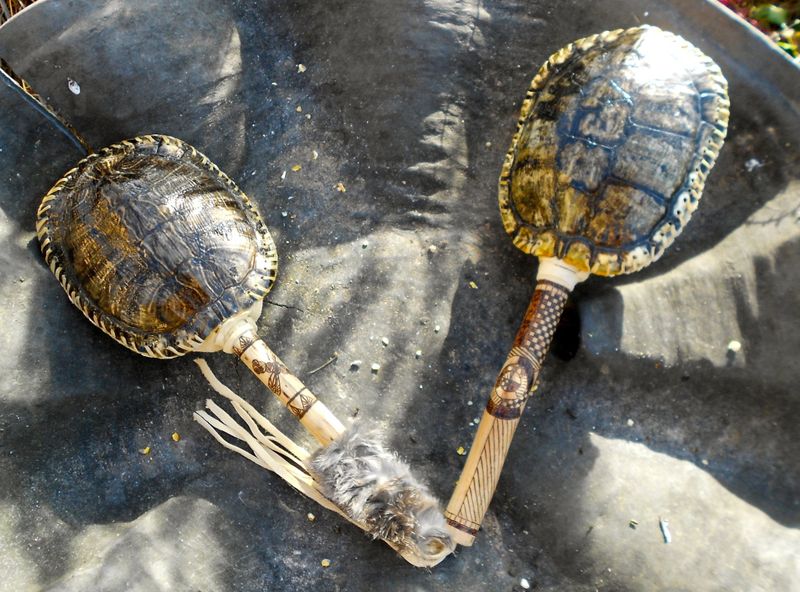
Turtle shells were transformed into rattles and drums, providing rhythm for ceremonies and social gatherings. The sound of these instruments was believed to connect the physical and spiritual worlds.
Today, turtle shell instruments are appreciated for their unique acoustics and cultural heritage. Their construction reflects a harmony with nature, using materials at hand. Modern musicians and historians explore these instruments, acknowledging the ingenuity of traditional craftsmanship and its enduring legacy.
Deer: Multipurpose Resource
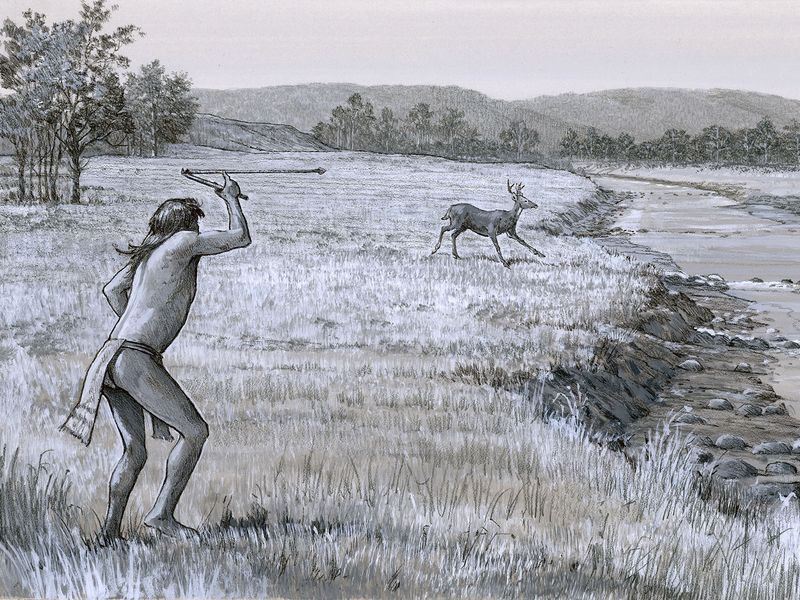
Deer provided tribes with food, clothing, and tools. Their hides were fashioned into garments while antlers became tools or weapons. This comprehensive use exemplified respect for the animal and sustainability.
Scientific studies highlight deer as crucial to forest health, influencing plant growth patterns and providing prey for predators. This mirrors traditional views of deer as essential to ecosystem balance. The sustainable use of deer in native cultures serves as a model for modern conservation efforts, promoting biodiversity and ecological awareness.
Bear Fat: Healing Balm

Bear fat was treasured for its medicinal properties, used in balms to treat ailments and wounds. Its soothing qualities were widely recognized among tribes, reflecting a deep understanding of natural remedies.
Modern science acknowledges the anti-inflammatory and healing properties of animal fats, validating these age-old practices. The use of bear fat for healing is a testament to indigenous knowledge of natural medicine, bridging cultural traditions with contemporary health practices.
Hummingbirds: Messengers of Joy
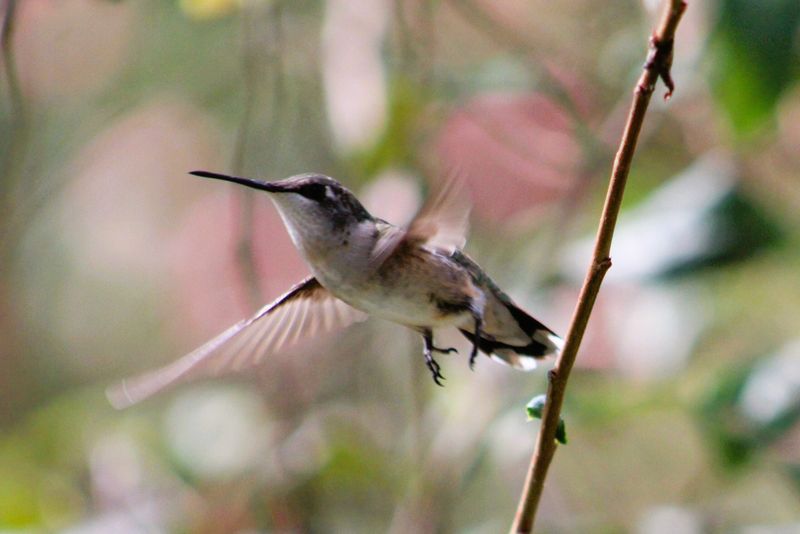
Hummingbirds were seen as symbols of joy and renewal. Tribes admired their agility and vibrant presence, believing them to be messengers between worlds. Their appearances in stories and dances celebrated life’s beauty.
Ecologists now recognize hummingbirds’ role in pollination, vital for ecosystem health. Their energy-intensive lifestyle demands constant feeding, linking them to floral abundance. This scientific appreciation of their ecological role complements traditional views, highlighting the harmony between cultural symbolism and environmental science.
Otter: Playful Spirit
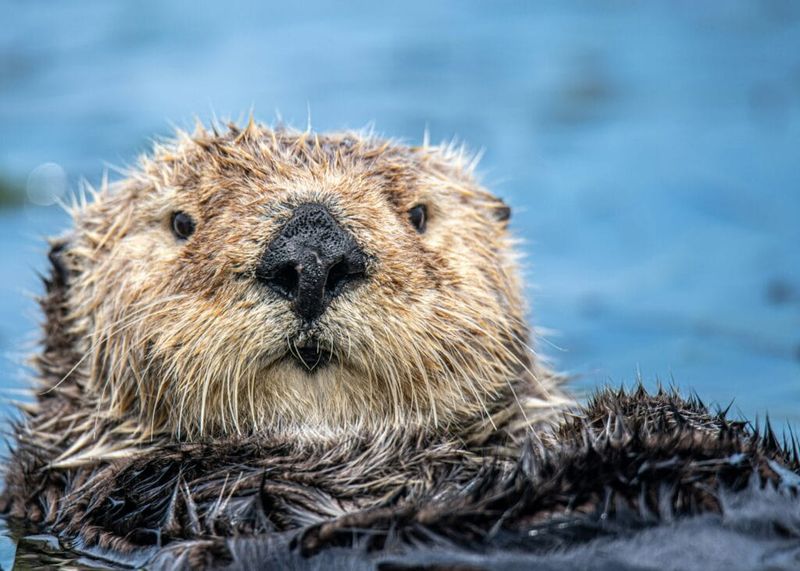
Otters were revered for their playful nature and adaptability. Tribes associated them with laughter and joy, incorporating these traits into myths and teachings. This admiration reflected a respect for life’s playful aspects.
Researchers study otters to understand aquatic ecosystems, as their presence indicates water quality and biodiversity. This aligns with indigenous views of otters as indicators of environmental health. The playful spirit of otters, celebrated in stories, underscores their ecological significance and cultural legacy.
Moose: Providers of Plenty
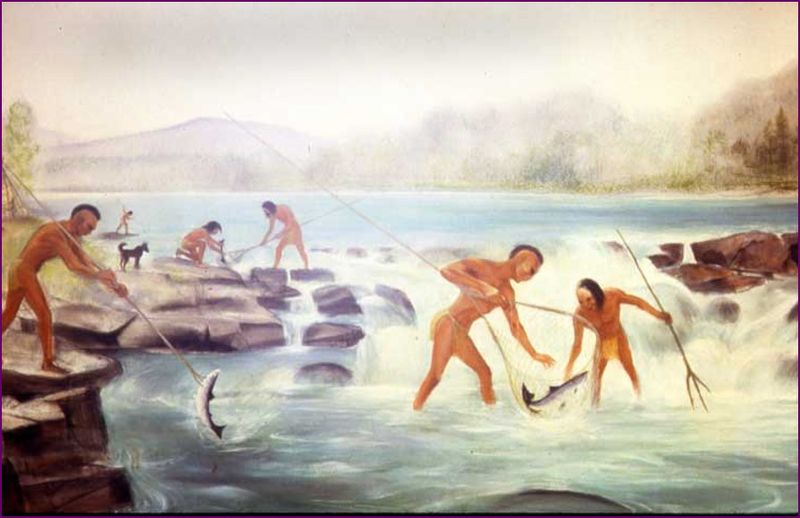
Moose provided tribes with food, clothing, and tools. Their large size offered plentiful resources, used with care and respect. Moose hides became clothing while antlers were fashioned into tools.
Modern ecologists study moose to understand forest dynamics, as their grazing patterns affect plant diversity. This scientific perspective mirrors traditional knowledge of moose as ecosystem participants. Their sustainable harvest by tribes highlights a balance between resource use and ecological stewardship, a lesson relevant today.
Fox: Cunning and Wisdom
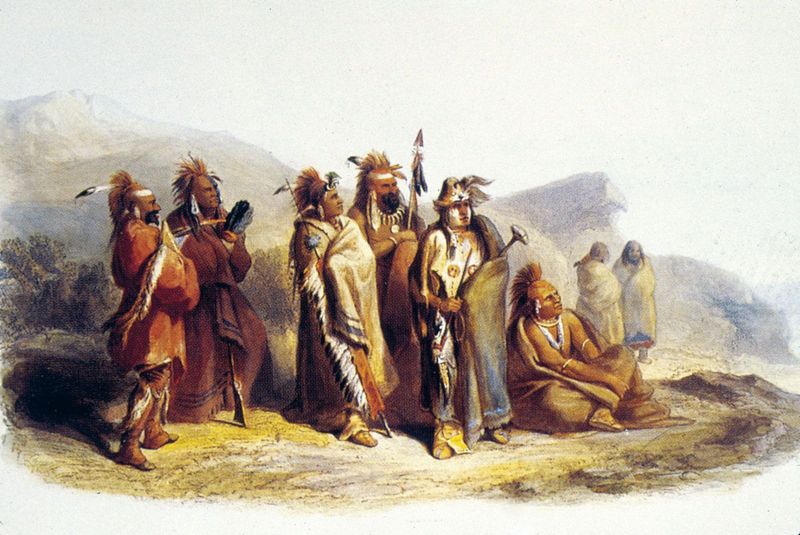
Foxes were celebrated for their cunning and adaptability, often featured in tribal folklore as wise tricksters. Their keen senses and survival skills were admired, embodying intelligence and resourcefulness.
Ecologists value foxes as indicators of ecosystem health, their presence reflecting biodiversity balance. This scientific view resonates with traditional stories, highlighting the fox’s integral role in nature. By understanding the fox’s behavior and ecology, both indigenous and modern perspectives find common ground, celebrating wisdom and adaptability.

